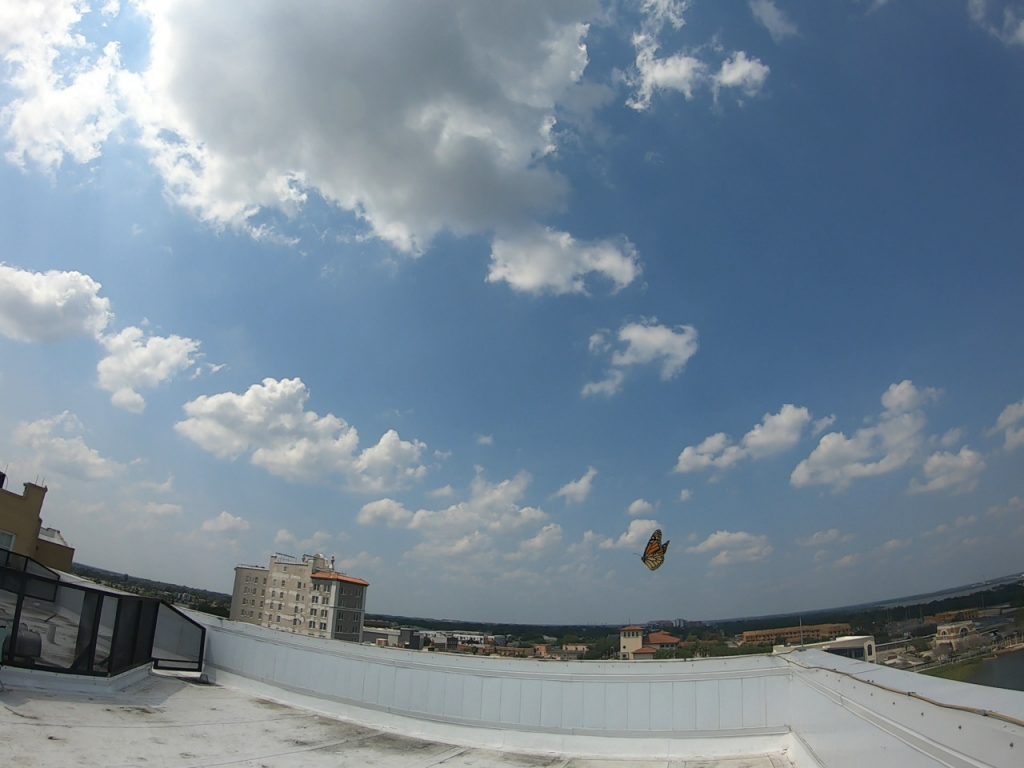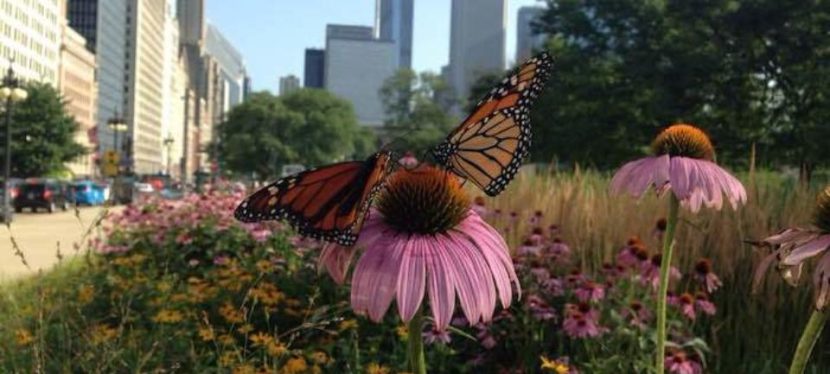Even if you live in a city, there are still several things you can do to help the monarch butterfly population. Here are some suggestions:
1. Plant native milkweed
Monarch butterflies rely on milkweed plants as their sole host plant for laying eggs and as a food source for caterpillars. Research and choose native milkweed species that are suitable for your region and plant them in your garden, balcony, or in community spaces where permitted. Native milkweed species include common milkweed (Asclepias syriaca), butterfly milkweed (Asclepias tuberosa), and swamp milkweed (Asclepias incarnata).
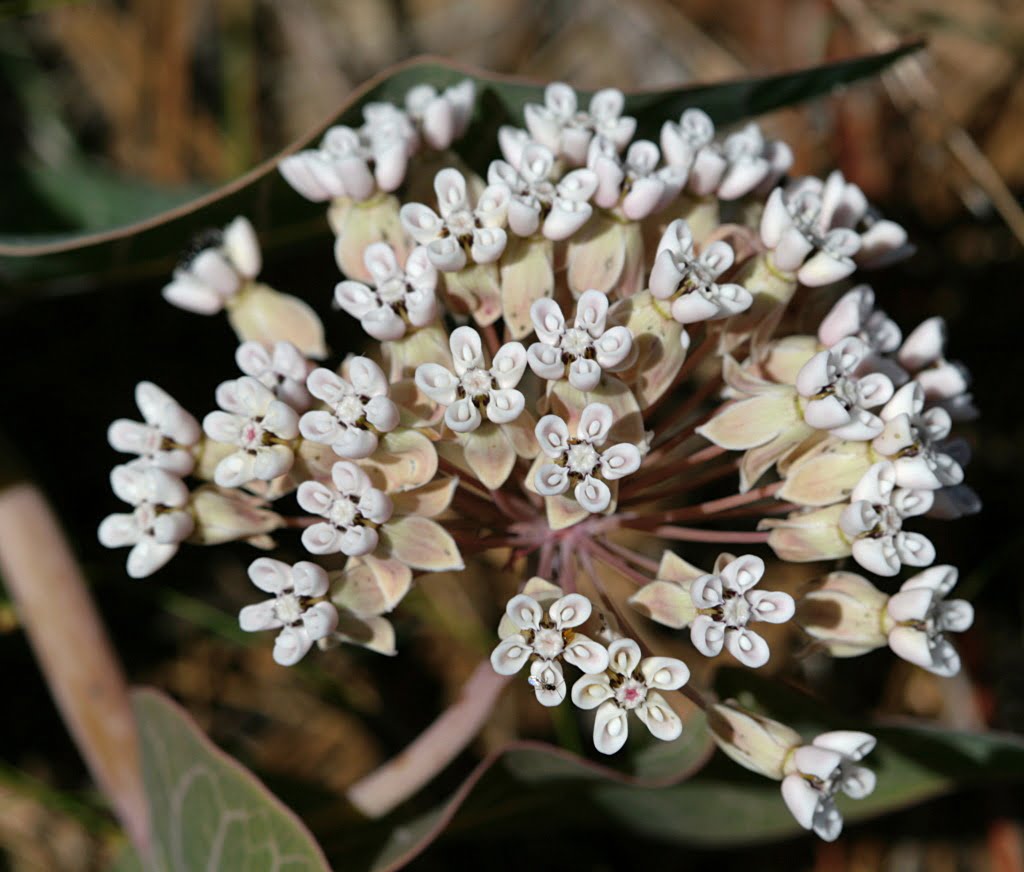
10 Sandhill Milkweed Seeds Ascslepias Humistrata Pinewood Milkweed Florida-Native
With Johnny Butterflyseed’s Sandhill Milkweed seeds, you’re not just planting flowers; you’re cultivating a living mosaic of nature’s marvels. 10+ Florida Native seeds.
2. Create pollinator-friendly gardens
Design your garden or balcony to provide food and habitat for pollinators, including monarch butterflies. Include a variety of nectar-rich flowers that bloom throughout the season, such as coneflowers, black-eyed Susans, asters, and zinnias. These flowers will attract not only monarchs but also other important pollinators like bees and butterflies.
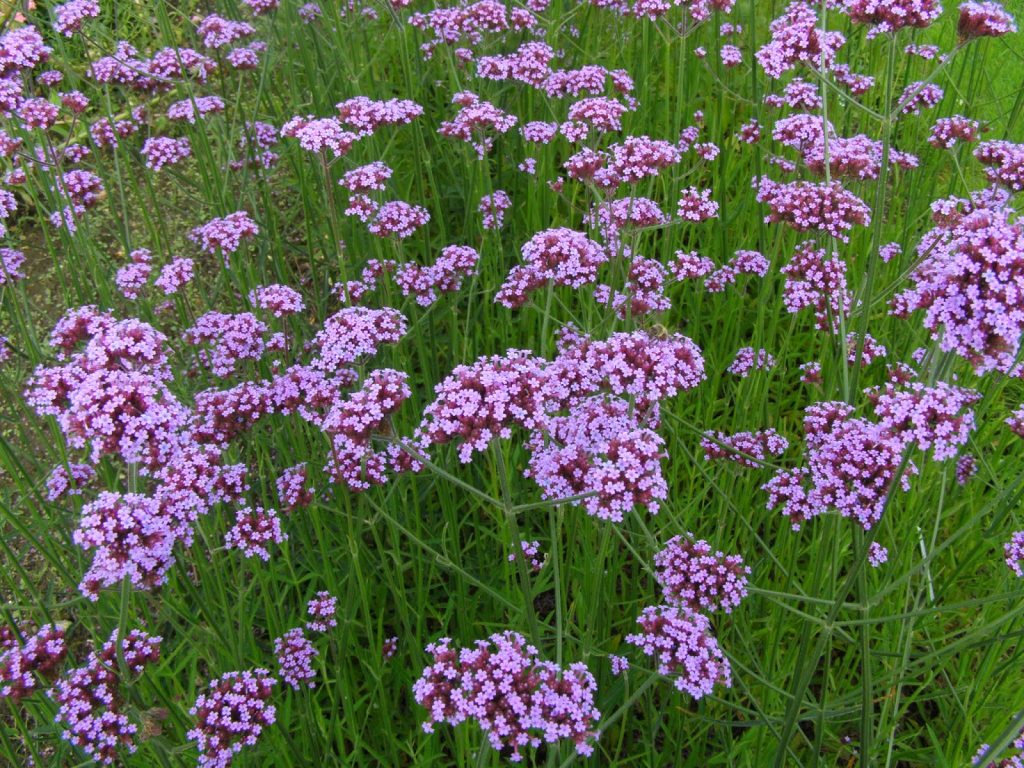
3. Avoid pesticide use
Minimize or eliminate the use of pesticides and herbicides in your garden. These chemicals can be harmful to butterflies and other beneficial insects. Instead, explore organic and natural pest control methods or implement integrated pest management practices.
4. Provide water sources
Butterflies need access to water for drinking and puddling, especially on hot days. Create shallow dishes or trays filled with water and place them in your garden to provide a water source for butterflies.
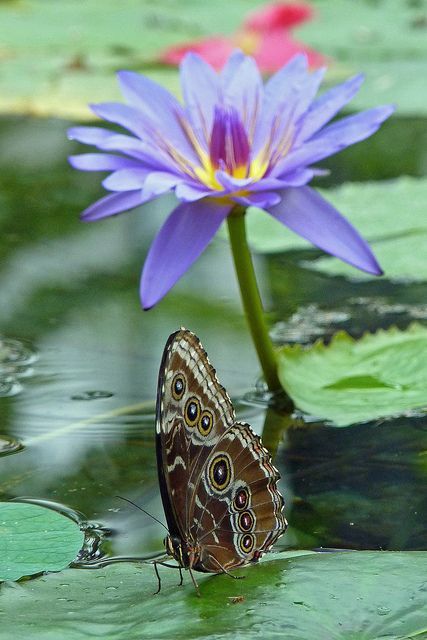
5. Support community initiatives
Get involved in local community initiatives focused on butterfly conservation. Join local gardening or environmental groups that work towards creating pollinator-friendly spaces and raising awareness about monarch butterflies. Participate in community gardening projects or advocate for butterfly-friendly policies in public spaces.
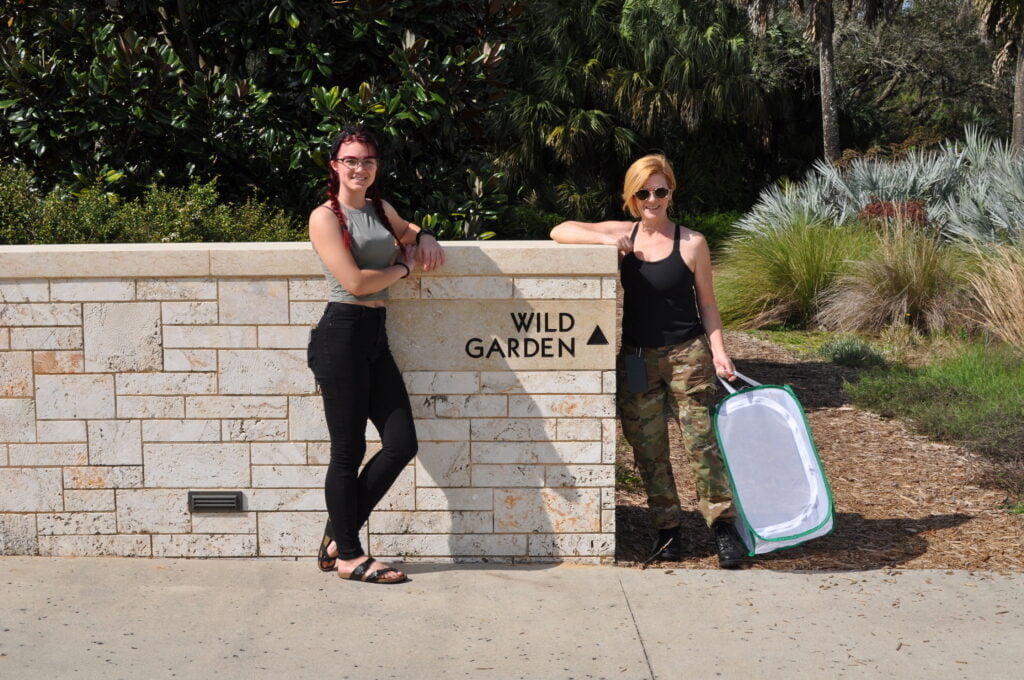
6. Educate others
Raise awareness about monarch butterflies and their conservation needs among your friends, neighbors, and community members. Share information about the importance of milkweed, the monarch life cycle, and the challenges they face. Organize educational events, workshops, or presentations to spread knowledge and encourage others to take action.

The Adventures of Johnny Butterflyseed – Author Signed First Edition Children’s Book
Save the monarchs!
Johnny Butterflyseed and his fairy friend, Raven Silverwing, embark on a mission to save the rapidly disappearing butterflies. They enlist the help of Queen Venus Goldwing and her kingdom of monarchs to educate and inspire kids to become butterfly farmers. At first, Johnny faces his own internal struggle with self-doubt and fear in his ability to make a difference, but then soon develops a mindset that allows him to not only get started, but also make progress one day at a time. Through challenge after challenge, Johnny learns that he is not alone in his mission and that there are many people who want to help. Together, Johnny, Raven, and Queen Venus educate thousands of children on becoming butterfly farmers.
7. Contribute to citizen science projects
Engage in citizen science initiatives focused on monitoring and studying monarch butterflies. Participate in programs that involve reporting monarch sightings, tagging monarchs, or collecting data on their populations. These efforts help scientists better understand their migration patterns and population trends.
By creating a welcoming habitat, raising awareness, and actively participating in conservation efforts, city dwellers can play a crucial role in supporting monarch butterflies and their survival. Remember, even small actions can make a difference.. one day at a time!
